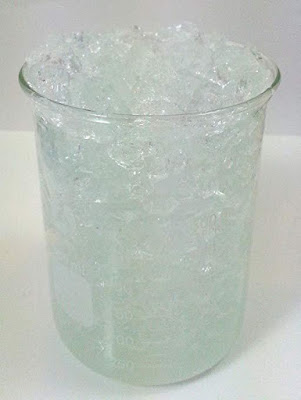Polyacrylamide is a polymer made of acrylamide or the combination of acrylamide and acrylic acid. Polyacrylamide finds applications mining, mining, agriculture, wastewater treatment, and pulp and paper production. It is widely used as a flocculant in wastewater treatment and sludge dewatering of industrial wastewater, municipal wastewater, potable water treatment, enhanced oil recovery, primary settling, and air flotation. Therefore, there is an increasing demand for polyacrylamide worldwide.
It is a commercially relevant cationic polymer generally used for water treatment due to its rapid dissolution and high efficiency. While, high-molecular-weight polyacrylamide is widely used in enhanced oil recovery processes. Oil production is separated into three phases: primary, secondary and tertiary, which is also known as enhanced oil recovery. According to the U.S. Energy Information Administration (EIA), in 2019, Japan was the fifth-largest oil consumer and fourth-largest crude oil importer in the world.
Moreover, Japan ranked as the world's largest importer of liquefied natural gas (LNG) and the third-largest importer of coal in 2019. Whereas, in June 2021, the production of crude oil for Germany was 35.04 thousand barrels per day. This in turn is expected to increase the demand for polyacrylamide in Japan and Germany. Furthermore, polyacrylamide is ideal for protein separations because it is electrically neutral, chemically inert, transparent, and hydrophilic for optical detection at wavelengths greater than 250 nm.
Polyacrylamide are high molecular weight water soluble or swellable polymers formed from acrylamide or its derivatives. Polyacrylamide supports are usually soft in nature and gelatinous in appearance. They exhibit a low non-specific binding character towards biomolecules, good pH, and buffer stability, due to their fully synthetic nature, are resistant to microbial growth. Characteristics include electrolyte salt sensitive, high-polymer electrolyte, and effective PH range of 7-14, and can be applied to different samples and downstream applications. This in turn is expected to increase the demand for polyacrylamide across the world.





No comments:
Post a Comment